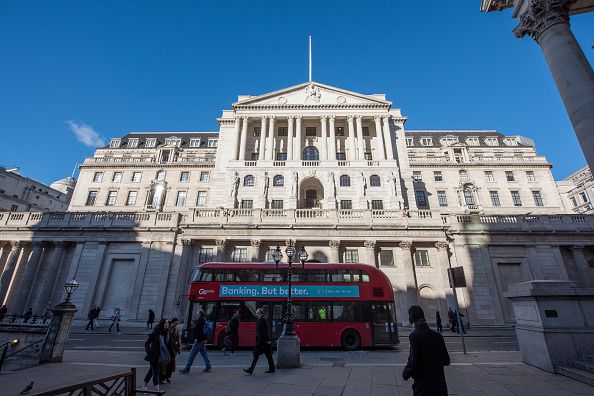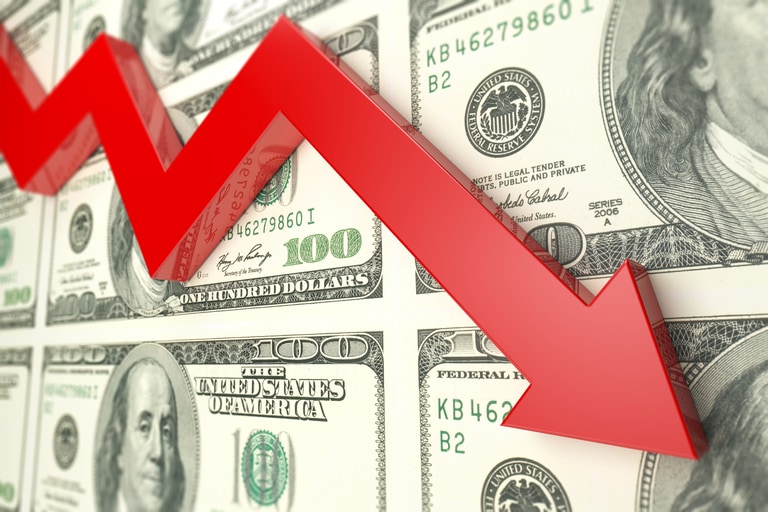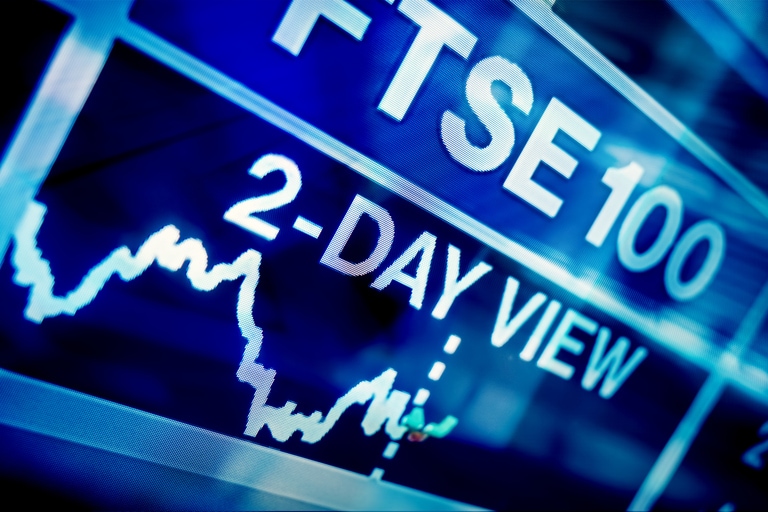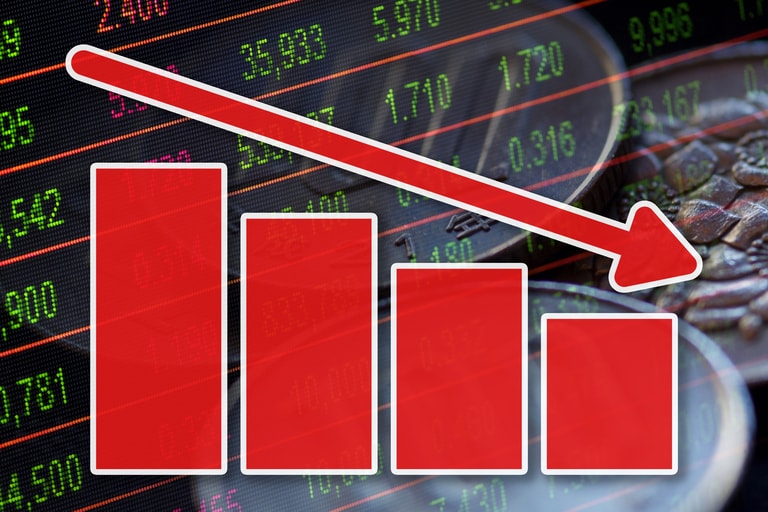European stock markets had a dull session yesterday as traders played it safe ahead of the closely-watched Federal Reserve update.
Rates were kept on hold, meeting forecasts. The update was the best of both worlds as the Fed expects higher growth but at the same time, it doesn’t see the need to hike rates anytime soon. The US economy is now projected to grow by 6.5% in 2021, up from the 4.2% forecast issued three months ago. Higher growth will come at a cost - higher inflation - but the Fed feels there will be a transitory increase above 2% but it will not justify a rate hike.
Four of the 18 policymakers anticipate a rate hike in 2022, while in December 2020, only one policymaker projected a hike. With respect to 2023, seven Fed members are now forecasting a rate increase, so as it stands, we might not see the Fed lift rates until 2024. Lately, there has been a lot of optimism surrounding the US rebound, and justifiably so, but Fed chief Jerome Powell reminded market participants the recovery is far from complete.
The dovish nature of the update pushed down the US 10-year yield, which was north of 1.68% in advance of the announcement. It traded below 1.62% in the wake of the news, but returned to the 1.66% area. Another victim of the report was the US dollar index, which lost 0.5% as the update dampened prospects of a rate hike On the other side of the coin, the Dow Jones set a new record close by finishing the session above 33,000. The S&P 500 also closed at a record high. Gold hit its highest mark in over two weeks as the softer dollar lifted the metal.
Stock markets in Asia were driven higher by the bullish moves on Wall Street, and European indices are on track for a positive start. The Australian unemployment rate fell to 5.8% in February but that didn’t stop domestic stocks from losing ground.
In keeping with the central bank theme, economists are expecting the Bank of England (BoE) to leave rates on hold at 0.1%, and the asset purchase scheme is tipped to remain at £895bn. The US’s economic recovery is far stronger than that of the UK and as stated above, the Fed is not anywhere near tightening monetary policy, so it is safe to say the BoE will be not be looking to adjust its stance in the foreseeable future. The BoE’s rate decision will be announced at 12pm (UK time).
Earlier this year, Andrew Bailey, the BoE chief, predicted the UK economy will contract by about 4% in the first quarter, but in light of the services PMI report for February, at 49.5, the economic contraction might not be that bad. A reading below 50 0 indicates negative growth but a report of 49.5 in the current restrictive climate seems relatively strong. Services account for approximately 70% of UK GDP. In January, the British economy contracted by 2.9% on a monthly basis, which was far better than the 4.9% decline economists were expecting.
In a recent interview with the BBC, Mr Bailey said the UK economy might rebound quicker than initially thought. Britain’s vaccination scheme is one of the best in the world, with over 37% of the population now vaccinated, so the country is in a good position with respect to reopening the economy in the months ahead. That being said, negative rates are likely to be mentioned. The BoE has instructed banks to prepare for sub-zero rates, but it seems more like they are keeping their options open rather than it being a real possibility.
The US jobless claims reading at 12.30pm (UK time) is predicted to fall from 712,000 to 700,000. The report will be closely watched because there hasn’t been a reading below the 700,000 mark since March 2020. In the same update, the continuing claims level is tipped to be 4.07m, down from 4.14m. The Philadelphia Fed index, also released at 12.30pm, has a consensus estimate of 23.0, a touch under the February reading at 23.1.
EUR/USD – while it holds below the 50-day moving average at 1.2077, the recent bearish move should continue, support might be found at 1.1800. A break above 1.2242 should bring 1.2349 into play.
GBP/USD – since late September it has been in an uptrend, it hit a 34-month high last month. If the positive move continues, it should retest 1.4241. A pullback might find support at 1.3803, the 50-day moving average.
EUR/GBP – has been in a downtrend since mid-December, last month it dropped to an 11-month low, and further losses might target 0.8400. A rally above 0.8730 should put the 0.8800 area on the radar.
USD/JPY – has been in an uptrend since early January, this week it hit a nine-month high. If the positive move continues it could target 109.85. A pullback from here could find support at the 108.00 area or 105.50, the 200-day moving average.
CMC Markets erbjuder sin tjänst som ”execution only”. Detta material (antingen uttryckt eller inte) är endast för allmän information och tar inte hänsyn till dina personliga omständigheter eller mål. Ingenting i detta material är (eller bör anses vara) finansiella, investeringar eller andra råd som beroende bör läggas på. Inget yttrande i materialet utgör en rekommendation från CMC Markets eller författaren om en viss investering, säkerhet, transaktion eller investeringsstrategi. Detta innehåll har inte skapats i enlighet med de regler som finns för oberoende investeringsrådgivning. Även om vi inte uttryckligen hindras från att handla innan vi har tillhandhållit detta innehåll försöker vi inte dra nytta av det innan det sprids.






